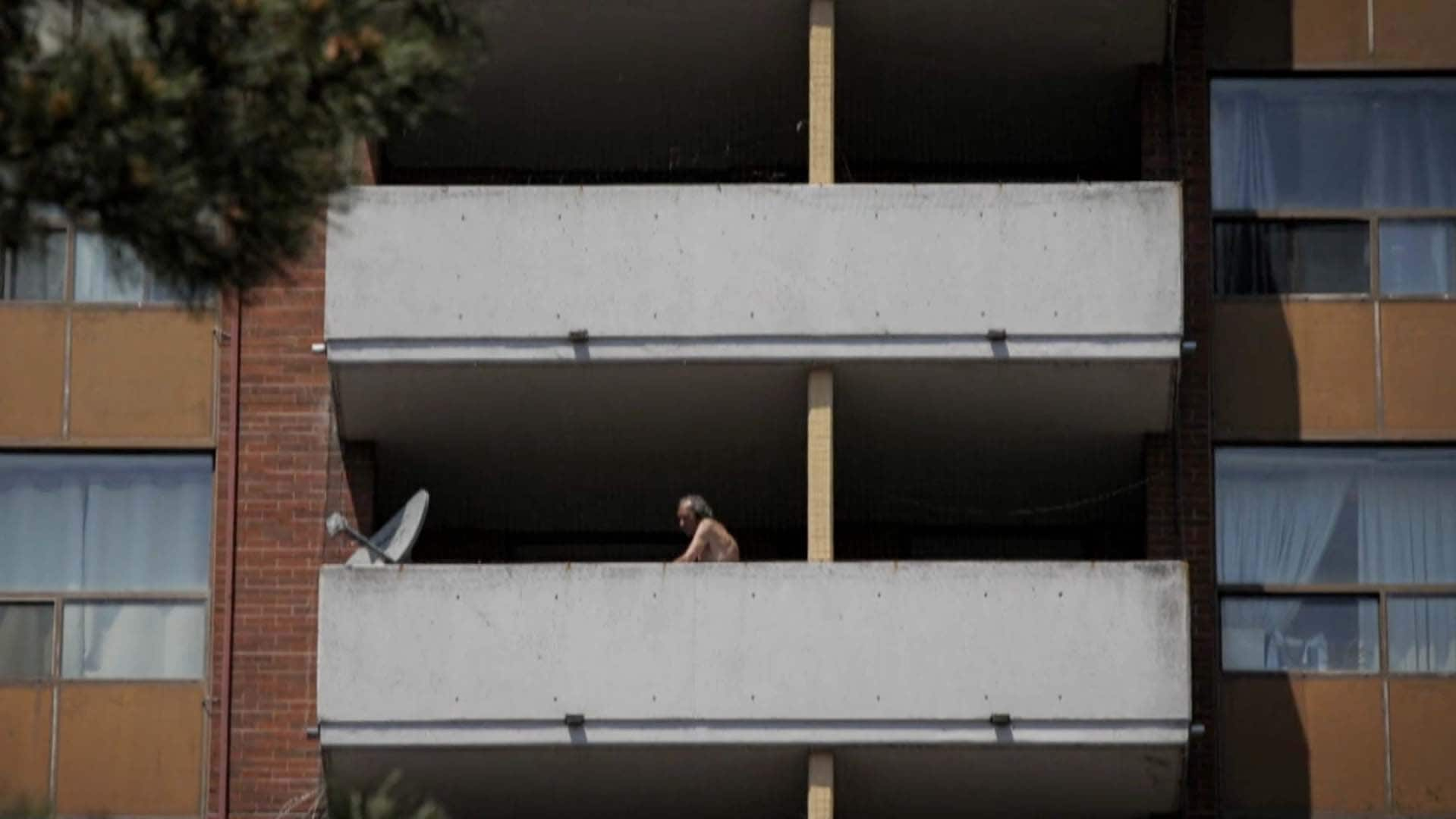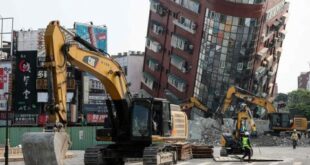City 'unique in Canada' because architects weren't preparing for weather extremes

Two summers ago, as Dennis Laplante baked beneath the skylights in his home during a lethal heat wave, he decided the day had come to use the emergency space blankets he'd been saving for 20 years.
He dug two of the crinkly silver blankets out of his basement and hauled them up a three-metre ladder to reach the windows. Using some curtain rods, he rigged the material against the skylights to block the sun from getting in his 1980s townhouse.
"It was quite cheap and it worked really well," said Laplante, now 70, who has lived in Vancouver's Champlain Heights neighbourhood nearly half his life.
"The space blankets actually degraded in the sun," he noted. "The following year and this year again … we put some cardboard with aluminum foil up."
Experts say much of Vancouver's architecture is uniquely vulnerable to intensifying heat in Canada, because it was designed for milder weather, leaving the city with tens of thousands of buildings needing urgent upgrades. They say designers need to shift back to basic, sustainable building techniques to keep residents cool naturally, because relying on air conditioning won't be long-term solution.

"There's lessons in history," said Donald Luxton, who has worked as a heritage consultant in the city for 40 years. "We have to just think really hard about the environment and not try to conquer it, but work with it. And that's more, historically, how buildings were designed."
Said Luxton, "I think we've forgotten a lot of things that our parents and grandparents probably knew about."
Old designs passed in Vancouver's former climate
Indigenous people who lived in the area — the xʷməθkʷəy̓əm (Musqueam), Sḵwx̱wú7mesh (Squamish) and səlil̓wətaʔɬ (Tsleil-Waututh) peoples — had an innate understanding of the need to design buildings to work with the climate, rather than against it, based on their in-depth knowledge of the land.
Homes had removable curtain walls — or outer coverings — to control sun exposure and air flow. Split cedar planks were used on rooftops, which could be angled or rotated to manage rain.
"There are these innovations of Indigenous cultures right here in the Vancouver area that are meaningful as we look forward now to the changing climate and how can we keep our buildings comfortable," said Nancy Mackin, an architect who studies Indigenous design.
"There's so much to be learned from just having this intense awareness of what's around us."
After colonization, much of Vancouver's architecture used Victorian-era porches, verandas and small glass windows that reduced sun exposure and allowed for a cross-breeze, Luxton said.

The biggest risk during B.C.'s deadly heat dome: Poverty
A new report says that a disproportionate number of financially vulnerable people died in British Columbia during the punishing 2021 heat dome event. Many who died had no air conditioning.
By the 1960s, mid-level high-rises were replacing single-family homes in the city's West End. Glass-walled condos started dominating the skyline in the 1980s, proving extremely profitable in a city known for its views.
"In a place like Vancouver, where so much of what you're selling is location and view and access to nature … more glass was a really big, big selling point,"said Sara Stevens, an associate professor of architecture at the University of British Columbia.
The problem with so much glass, of course, is that it allows so much heat in, which must then be offset by air conditioning.
"So much of the city was built in that time period when it was thought that [fossil fuel] energy would be cheap and the technology would save us," said Stevens.

B.C. is experiencing more record-breaking summer heat waves, including the heat dome that killed more than 600 people in 2021. A review found most of those people were elderly, had a disability, lived in poorer neighbourhoods and did not have AC.
Luxton and Stevens said the city can go back to basics for retrofitting to undo its reliance on cooling technology. Features like heavy awnings, shaded windows, reflective exterior paint and more green space can reduce sun exposure.
"We are unique in Canada in the sense that … we haven't had the extremes of climate," he said.
"We need to set an example [now] — and I would point to the fact that you aren't going to do anything by sticking a bunch of regular old air conditioners in a bunch of windows," Luxton said. "That's the challenge."
Using incentives to balance sustainability and housing
In July, the City of Vancouver launched the Resilient Apartment Retrofit Accelerator program, which offers $3.5 million in funding for landlords to pay for heat-related building upgrades.
The city has taken an incentive-based approach to encouraging renovations, rather than introducing hard and fast rules, because upgrades can displace residents in a city already contending with an affordability crisis.

"We really have to be sensitive to what we do on the rental and non-market [side], because that is where people that may be are more vulnerable [are housed]," said Sean Pander, the city's green and resilient buildings manager.
"We've heard from those folks saying, 'We recognize you're trying to protect us. We recognize you're trying to help us … but we need to be housed today and tomorrow,'" he said.
Another challenge is getting developers on board, because views still sell.
"The heat dome that we had a couple of years ago has not translated yet into major changes in construction standards," said Patrick Condon, a professor of urban design at UBC. "The industry is not favourable towards changes in the standards on the construction of a high rise."
B.C. has committed to reducing carbon emissions in the buildings sector by 59 to 64 per cent by 2030. The Pembina Institute, a non-profit energy think-tank, has estimated the residential sector will need $1.6 billion annually in retrofit incentives for the province to meet its commitment to be net-zero by 2050.
After settling on his own tin-foil solution to reduce the heat inside his house, Laplante has since helped an elderly friend install blackout curtains on her south-facing windows.
He said he's grateful to have a fix, even if it's temporary.
"I have a solution," he said. "There's an awful lot of people who don't, and I feel for them."

Add some “good” to your morning and evening.
A variety of newsletters you'll love, delivered straight to you.
*****
Credit belongs to : www.cbc.ca
 MaharlikaNews | Canada Leading Online Filipino Newspaper Portal The No. 1 most engaged information website for Filipino – Canadian in Canada. MaharlikaNews.com received almost a quarter a million visitors in 2020.
MaharlikaNews | Canada Leading Online Filipino Newspaper Portal The No. 1 most engaged information website for Filipino – Canadian in Canada. MaharlikaNews.com received almost a quarter a million visitors in 2020.







